Outcome-based Product Roadmap - Outcome-Focused Planning
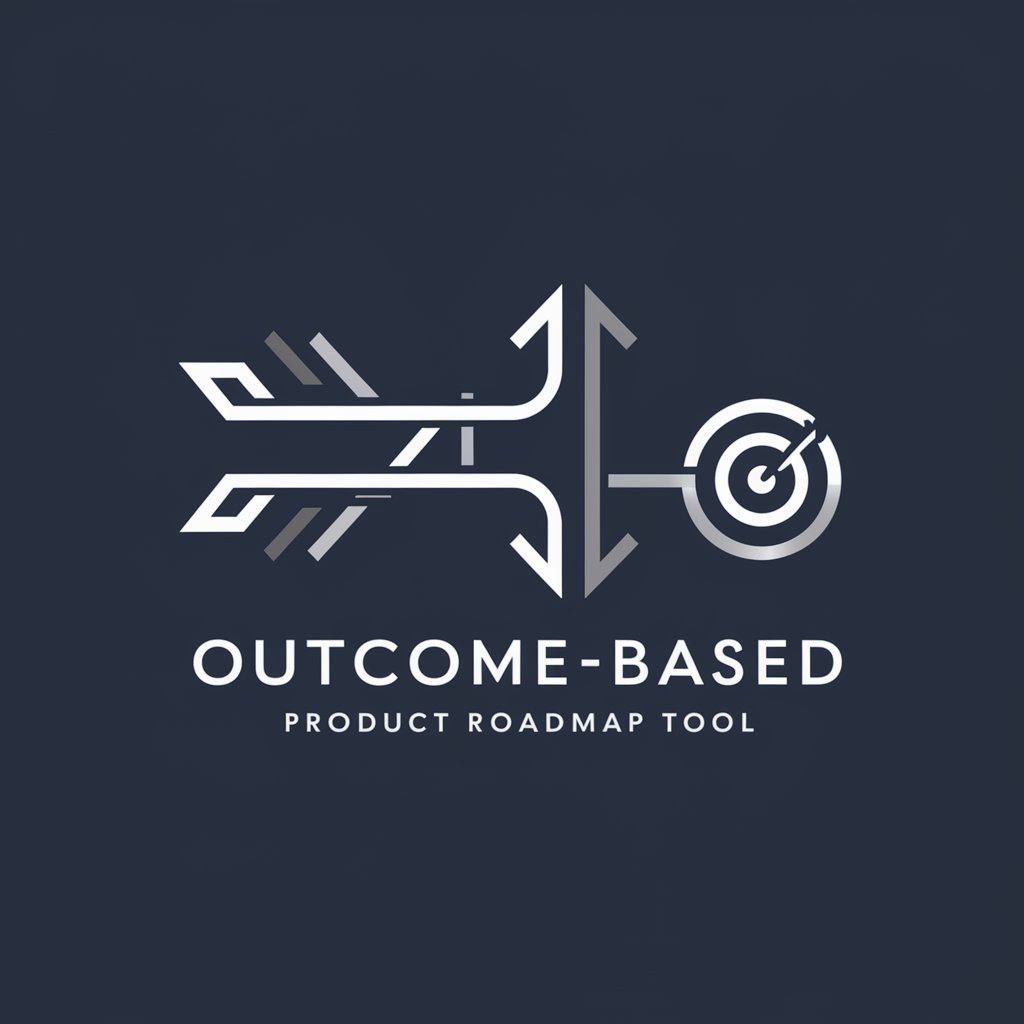
Welcome to your strategic product roadmap guide!
Strategize with AI-Powered Roadmaps
Describe the strategic bets in your product roadmap.
Outline the customer requests addressed in the latest update.
Highlight the customer delights in the upcoming release.
Detail the technical debt being resolved in this quarter.
Get Embed Code
Introduction to Outcome-based Product Roadmap
An Outcome-based Product Roadmap is a strategic tool used by product teams to plan and communicate the future direction of a product. Unlike traditional feature-based roadmaps, which focus on specific features and their delivery timelines, an Outcome-based Product Roadmap centers around achieving specific outcomes or changes in customer behavior that contribute to the overall success of the product and business. This approach starts with the product vision and business goals, identifies key outcomes that need to be achieved to realize that vision, and then outlines the steps, features, or experiments designed to achieve those outcomes. For example, a roadmap might include increasing user engagement by 20% within six months as an outcome, with features like a revamped user interface or new gamification elements as the means to achieve it. This approach ensures that every feature or improvement directly contributes to strategic goals, making it easier to prioritize and communicate the rationale behind product decisions. Powered by ChatGPT-4o。

Main Functions of Outcome-based Product Roadmap
Aligning Product Vision with Action
Example
Defining long-term goals based on the product vision, such as becoming the leading software in a market segment within three years.
Scenario
A SaaS company uses the Outcome-based Roadmap to identify key behaviors that need to change in their user base to increase subscription renewal rates, guiding the development of features that directly impact those renewal rates.
Prioritization of Features and Experiments
Example
Identifying features that directly contribute to desired outcomes, such as improving customer satisfaction scores.
Scenario
A mobile app development team prioritizes the integration of a new feedback system over aesthetic updates, as the feedback system is expected to more directly contribute to the outcome of increasing user retention.
Facilitating Communication and Buy-in
Example
Using the roadmap to communicate with stakeholders about why certain features are prioritized and how they contribute to the business goals.
Scenario
A product manager presents the Outcome-based Roadmap to the board to secure funding for new initiatives, clearly showing how each initiative is expected to contribute to strategic business outcomes.
Ideal Users of Outcome-based Product Roadmap Services
Product Managers
Product managers benefit immensely from Outcome-based Product Roadmaps as these tools help them visualize, prioritize, and communicate the product's strategic direction. This approach aligns product development efforts with business objectives, ensuring that every feature developed is directly tied to achieving key outcomes.
Strategic Planners
Strategic planners in organizations can use Outcome-based Roadmaps to align product initiatives with overall business strategies. This helps in ensuring that product development efforts are in sync with the company's long-term goals and market positioning.
Development Teams
Development teams, including engineers and designers, benefit from Outcome-based Roadmaps as they provide clarity on the purpose behind projects and features. This understanding helps teams stay focused on delivering solutions that directly contribute to achieving desired customer behaviors and business results.

How to Use Outcome-Based Product Roadmap
Start Your Free Trial
Begin by visiting yeschat.ai to access a free trial without needing to log in, nor requiring ChatGPT Plus.
Define Product Vision
Clarify your product vision and business goals, establishing what you aim to achieve and the customer problems you intend to solve.
Set Goals and Outcomes
Identify your long-term goals and the desired outcomes. Determine the measurable changes in customer behavior needed to achieve these goals.
Identify Opportunities
Analyze customer needs and market gaps to identify opportunities for your product to address, leading to the desired outcomes.
Align Features with Outcomes
Prioritize and plan features or experiments that align with your identified opportunities and are directly tied to achieving your set outcomes.
Try other advanced and practical GPTs
Learning Science-Based Tutor
Enhancing learning through science-driven AI tutoring.

Competency Based Resume Coach
Empowering your career journey with AI
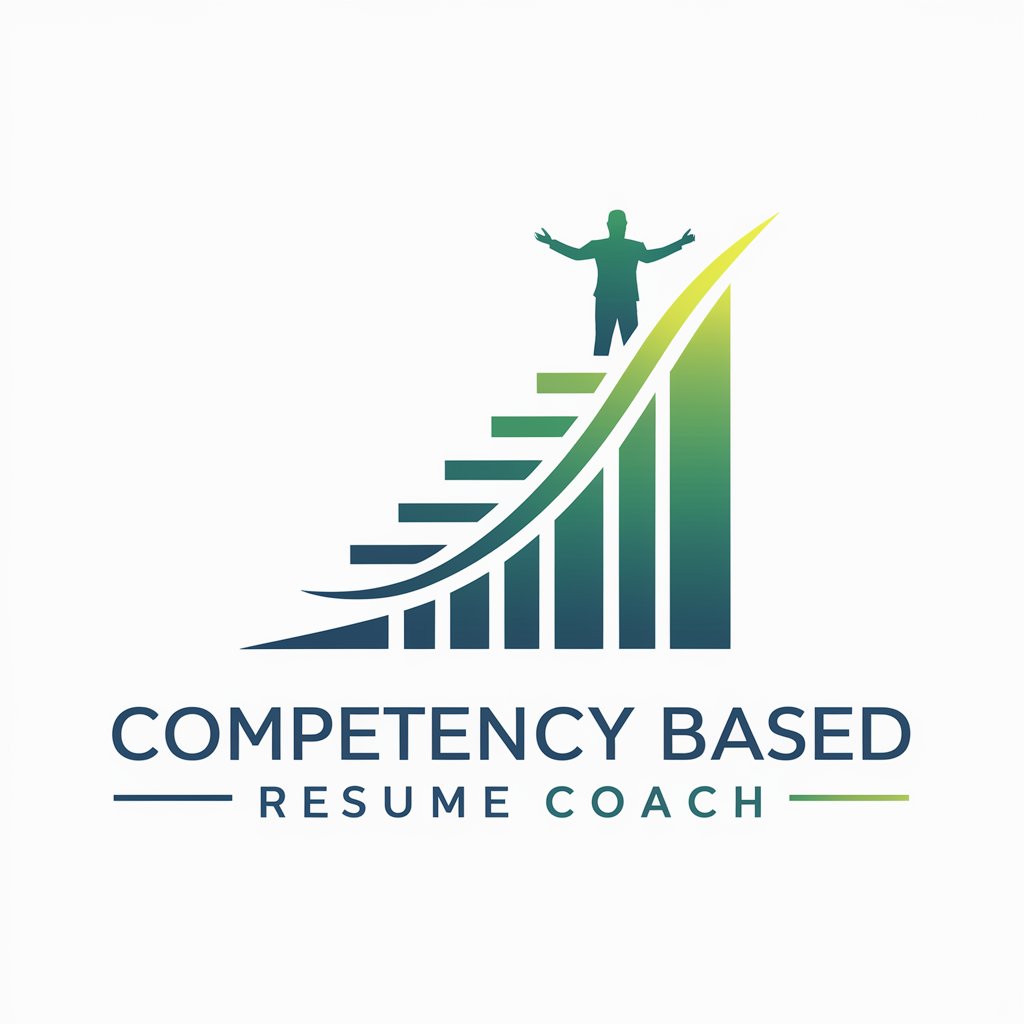
Plant-based Chef
Transforming favorites into vegan delights.

Personality Based Dating Simulation
Explore Love Through Personality Archetypes

AutoContentCreator - BASED
Empowering content creation with AI

Based Meals
Cook smarter, not harder, with AI.
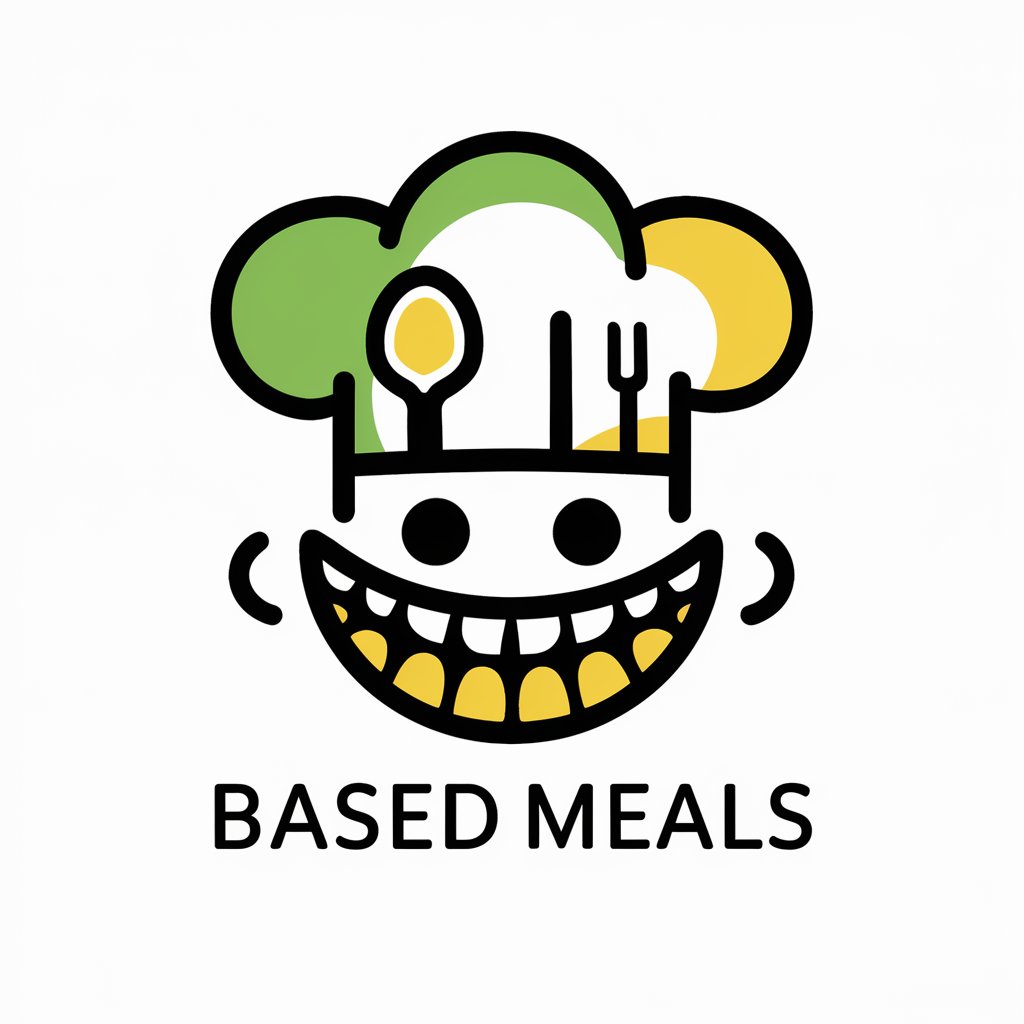
AISEO Article Writer (SERP-based)
AI-powered content creation for SEO success.

Talesman of captivating tales
Crafting Your Eerie Narratives
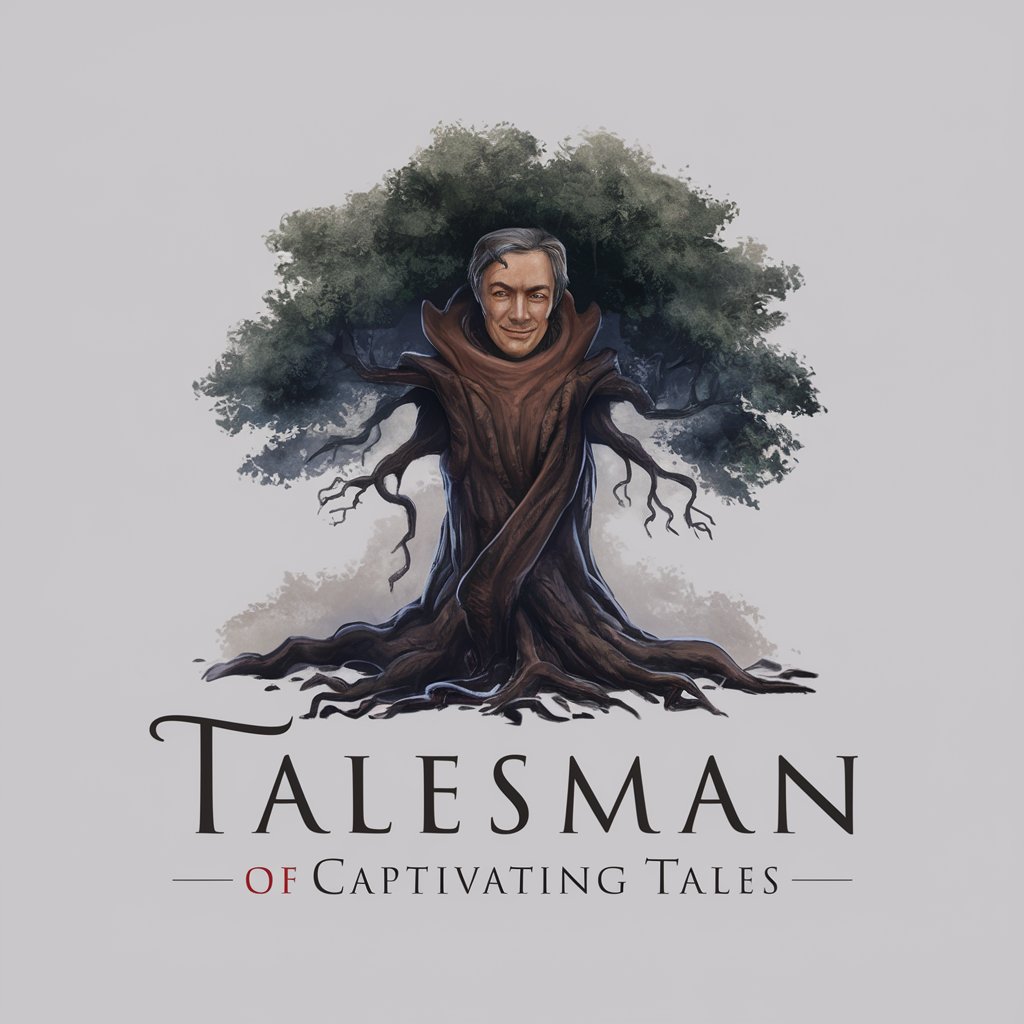
Banking Navigator
Empowering Your Financial Journey with AI
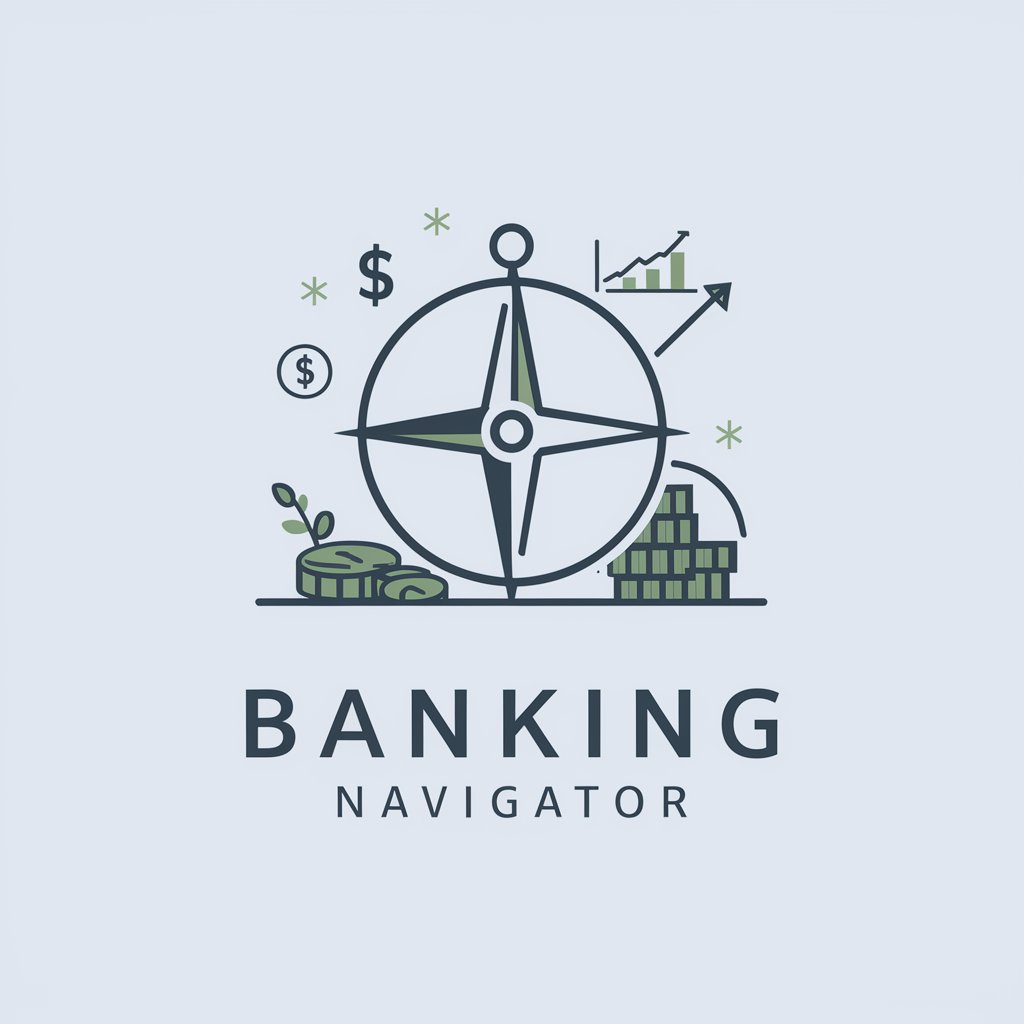
Pesquisa Chat Historicos
Unlock Your Chat History's Potential

Securely Attached Message Assistant
Elevate Your Love Language with AI

PHP to .NET Code Converter
Transform PHP code to .NET effortlessly with AI
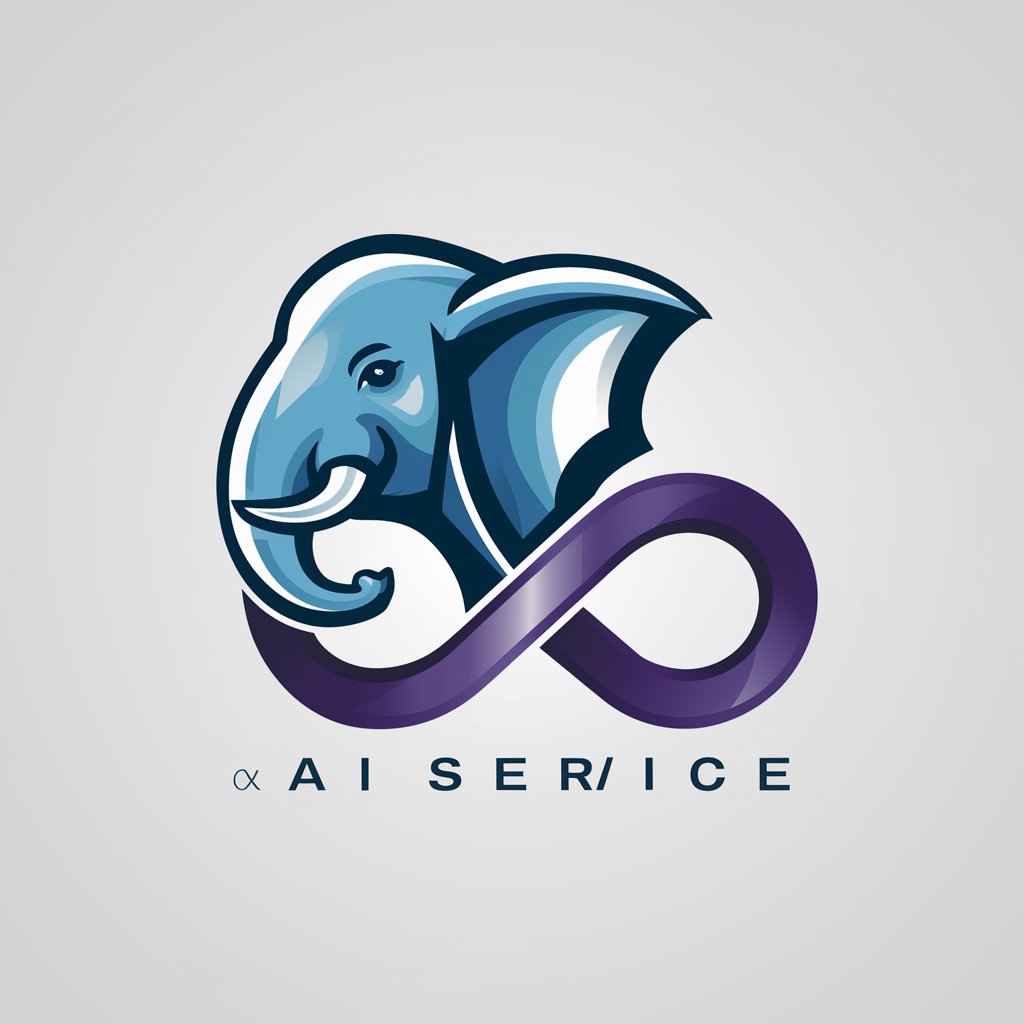
Outcome-Based Product Roadmap Q&A
What is an Outcome-Based Product Roadmap?
An Outcome-Based Product Roadmap is a strategic planning tool that focuses on achieving specific business goals and customer outcomes, rather than merely listing features or technologies to be developed.
How does an Outcome-Based Roadmap differ from a Feature-Based Roadmap?
While a Feature-Based Roadmap focuses on the specific functionalities to be developed, an Outcome-Based Roadmap prioritizes the end goals and measurable changes in customer behavior that those features aim to achieve.
Can Outcome-Based Roadmaps adapt to changes in business strategy?
Yes, by focusing on outcomes rather than specific features, these roadmaps are more flexible and can easily adapt to shifts in business priorities or market conditions.
How important is stakeholder involvement in developing an Outcome-Based Roadmap?
Crucial. Engaging stakeholders throughout the roadmap development ensures alignment with overall business objectives and secures buy-in for the strategic direction and prioritization of outcomes.
Are Outcome-Based Roadmaps suitable for agile environments?
Absolutely. They complement agile methodologies by ensuring that every sprint and piece of work directly contributes to overarching business goals and customer needs, enhancing the agility of strategic planning and execution.
